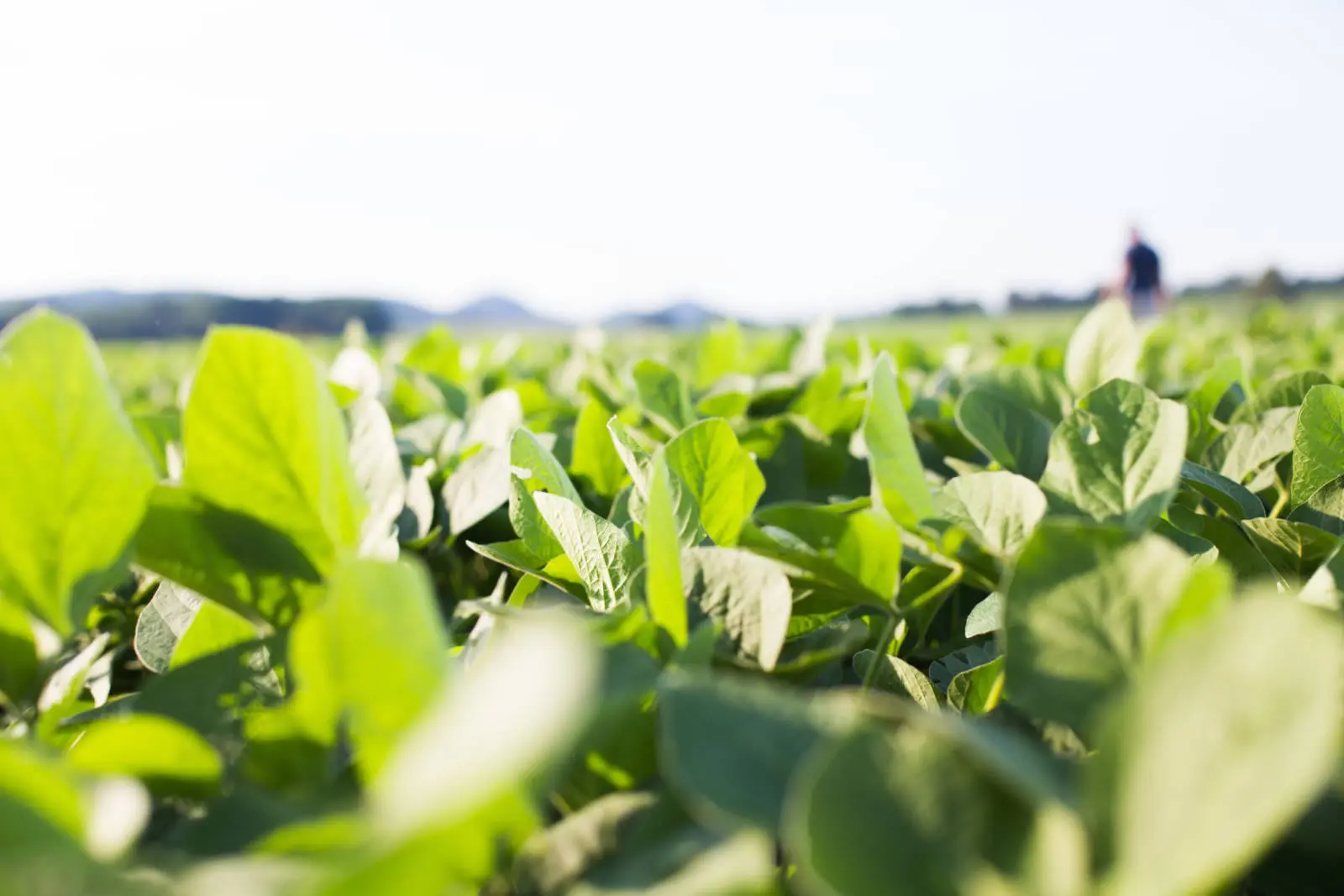Mike Brown was a forester working for the state of Delaware when he acquired this farm in 1994. At the time, Jim Thompson had already been farming this land for 11 years. Brown Farm is a longtime member of the Conservation Stewardship Program (CSP), which is managed by the U.S. Department of Agriculture’s Natural Resources Conservation Program (NRCS).

The farm is located in a flat area with smaller farm fields that have sandy soils. In addition, 68 acres of the estate are forest land. What types of sustainable farming practices work best for this unique operation?
- No-tillage (eventually vertical tillage, which loosens up the top layer but leaves the soil covered) helps Brown and Thompson improve soil conditions, limit erosion and store cover crops.
- Cover crops also help the farming partners protect their soil for next year’s soybean crops.
- Designated land is left untouched and protected for wildlife habitats.
- Like most U.S. farmers, they apply minimal amounts of pesticides only on spot locations that need pest or weed management.
These are just a few of the practices that help these Delaware farmers continuously improve, raising the bar for their sustainable operations.
